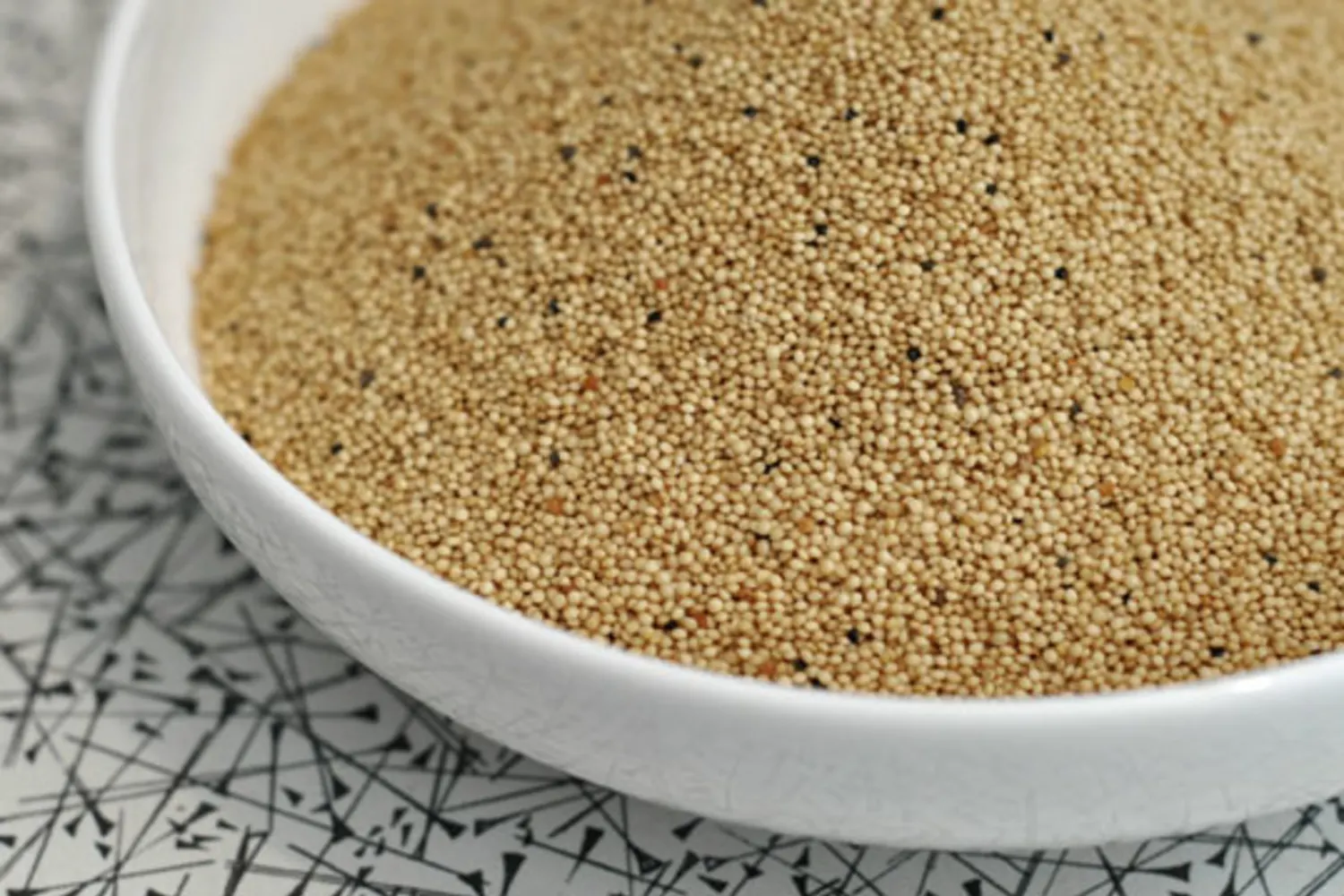

Articles
How To Cook Amaranth In A Rice Cooker
Modified: February 28, 2024
Learn how to cook nutritious amaranth easily in a rice cooker with these step-by-step articles. Discover healthy recipes and tips for cooking amaranth like a pro!
(Many of the links in this article redirect to a specific reviewed product. Your purchase of these products through affiliate links helps to generate commission for Storables.com, at no extra cost. Learn more)
Introduction
Welcome to the world of cooking with amaranth! If you’re looking to broaden your culinary horizons and add a nutritious and versatile grain to your meals, amaranth is an excellent choice. This ancient grain has gained popularity in recent years due to its impressive health benefits and unique nutty flavor.
Amaranth is not only delicious but also incredibly nutritious. It is naturally gluten-free and packed with essential nutrients such as protein, fiber, iron, calcium, magnesium, and vitamin C. With its high nutritional value, incorporating amaranth into your diet can help support a healthy lifestyle and provide you with the energy you need to tackle your day.
One of the great things about amaranth is its versatility in the kitchen. It can be used in a variety of dishes, including soups, salads, side dishes, and even desserts. If you’re new to cooking with this grain, you may be wondering how to prepare it. Fortunately, cooking amaranth is a breeze, especially when you have a rice cooker at your disposal.
In this article, we will guide you through the process of cooking amaranth in a rice cooker, step by step. Whether you’re a seasoned cook or a beginner in the kitchen, you’ll find this method simple and convenient. So, let’s dive in and discover how to cook amaranth in a rice cooker!
Key Takeaways:
- Cooking amaranth in a rice cooker is a hassle-free way to enjoy its impressive health benefits, including being gluten-free, rich in nutrients, and versatile in various dishes. Embrace this ancient grain for a nutritious and flavorful addition to your meals.
- Preparing and cooking amaranth in a rice cooker is a simple process that yields fluffy, perfectly cooked grains. With the right ratio of amaranth to liquid and creative serving ideas, you can elevate your culinary creations and enjoy the versatility of this nutritious grain.
Read more: How To Use The Neuro Fuzzy Rice Cooker
Benefits of Cooking Amaranth
Cooking amaranth not only adds a nutritious grain to your meals but also provides numerous health benefits. Here are some of the key benefits of incorporating amaranth into your diet:
- Rich in Nutrients: Amaranth is a nutrient-dense grain that is packed with essential vitamins and minerals. It is particularly high in protein, containing all the essential amino acids, making it a great plant-based protein source for vegetarians and vegans. Additionally, amaranth is an excellent source of fiber, which promotes healthy digestion and can help regulate blood sugar levels.
- Gluten-Free Option: For individuals with gluten sensitivities or celiac disease, amaranth is an excellent gluten-free alternative to grains like wheat, barley, and rye. It allows those with dietary restrictions to enjoy a wide range of delicious meals without sacrificing taste or nutritional value.
- Heart-Healthy: Amaranth is rich in heart-healthy nutrients, such as magnesium and potassium. These minerals support cardiovascular health by helping to regulate blood pressure levels. The high fiber content of amaranth also contributes to a healthy heart by aiding in the reduction of cholesterol levels.
- Antioxidant Powerhouse: Amaranth boasts powerful antioxidants like vitamin C and vitamin E, which help protect the body from oxidative stress and fight off harmful free radicals. These antioxidants may help reduce the risk of chronic diseases and support overall health and well-being.
- Weight Management: Due to its high fiber content and protein-packed nature, amaranth can help you feel fuller for longer, potentially aiding in weight management or weight loss efforts. The combination of fiber and protein helps regulate appetite and curb cravings, making it easier to maintain a healthy diet.
By cooking amaranth and incorporating it into your meals, you can enjoy these impressive health benefits while adding variety and flavor to your diet. So, let’s move on to the next section and learn how to prepare amaranth before cooking it in the rice cooker!
Preparing Amaranth Before Cooking
Before cooking amaranth in a rice cooker, it’s important to properly prepare the grain to ensure the best results. Here are the steps to follow to prepare amaranth before cooking:
- Measure the Amaranth: Start by measuring the amount of amaranth you want to cook. A general rule of thumb is to use 1 cup of amaranth for every 2 cups of liquid.
- Rinse the Amaranth: Rinse the amaranth thoroughly under cold water to remove any dirt, debris, or bitter coating. Use a fine-mesh strainer or colander for this step.
- Soaking (optional): Soaking the amaranth overnight or for a few hours can help improve its digestibility and reduce cooking time. If you choose to soak the amaranth, drain it before cooking.
- Toast (optional): Toasting the amaranth can enhance its nutty flavor. Heat a dry skillet over medium heat and add the rinsed and drained amaranth. Toast the grains, stirring frequently, for a few minutes until they become fragrant. Be careful not to burn them.
- Combine with Liquid: Transfer the prepared amaranth to the rice cooker. Add the appropriate amount of liquid, such as water or broth, according to the desired texture and recipe requirements.
- Seasonings (optional): You can add seasonings like salt, herbs, or spices to the amaranth for extra flavor. Feel free to experiment with different combinations to suit your taste preferences.
Once you’ve completed these steps, you’re ready to cook the amaranth in your rice cooker. Let’s move on to the next section and discover the simple steps to cook amaranth to perfection!
Steps to Cook Amaranth in a Rice Cooker
Using a rice cooker to cook amaranth is a convenient and foolproof method. Here are the steps to cook amaranth in a rice cooker:
- Add Amaranth and Liquid: Transfer the prepared amaranth to the rice cooker and add the appropriate amount of liquid. As a general guideline, use 1 cup of amaranth to 2 cups of liquid.
- Close the Lid: Securely close the lid of the rice cooker to ensure proper cooking. Make sure it’s tightly sealed to prevent steam from escaping.
- Select the Cooking Setting: Depending on your rice cooker model, select the appropriate cooking setting. Most rice cookers have a “White Rice” or “Grain” setting, which works well for amaranth.
- Start Cooking: Press the start button to begin the cooking process. The rice cooker will automatically adjust the cooking time and temperature to cook the amaranth evenly.
- Let it Rest: Once the cooking cycle is complete, let the amaranth rest in the rice cooker for a few minutes. This allows for any remaining moisture to be absorbed and ensures a fluffy texture.
- Fluff and Serve: Open the rice cooker lid and fluff the cooked amaranth with a fork to separate the grains. Serve it hot as a side dish, add it to salads, soups, or use it as a base for other dishes.
Now you know the simple steps to cook amaranth in a rice cooker. It’s a hassle-free method that yields perfectly cooked amaranth with minimal effort. In the next section, we’ll share some tips to help you achieve the best results when cooking amaranth in a rice cooker. Stay tuned!
Add 1 cup of amaranth and 2 1/2 cups of water to the rice cooker. Close the lid and set it to the “white rice” setting. Once it’s done, let it sit for 10 minutes before fluffing with a fork.
Tips for Cooking Amaranth in a Rice Cooker
Cooking amaranth in a rice cooker is a straightforward process, but there are a few tips and tricks that can help you achieve the best results. Here are some tips to keep in mind:
- Ratio of Amaranth to Liquid: Use a ratio of 1 cup of amaranth to 2 cups of liquid as a starting point. Adjust the amount of liquid based on your desired texture. For a softer and creamier result, add more liquid.
- Do Not Overfill: Avoid overfilling the rice cooker to prevent it from boiling over. As amaranth expands during cooking, leaving some space at the top will allow room for expansion.
- Customize the Flavor: Experiment with different seasonings and liquids to infuse the amaranth with flavor. You can use vegetable or chicken broth instead of water for a savory twist. Add herbs, spices, or a splash of citrus juice to elevate the taste.
- Avoid Opening the Lid: Once the cooking process has begun, resist the temptation to open the rice cooker lid. Opening it releases steam and can disrupt the cooking time and temperature, leading to unevenly cooked amaranth.
- Allow for Resting Time: After the cooking cycle is complete, let the amaranth rest in the rice cooker for a few minutes. This allows the remaining moisture to be absorbed and ensures a fluffier texture.
- Storage and Reheating: Leftover cooked amaranth can be stored in an airtight container in the refrigerator for up to 4-5 days. To reheat, simply add a splash of liquid (water or broth) and warm it in the microwave or on the stovetop.
- Get Creative: Don’t be afraid to get creative with your amaranth recipes! Use cooked amaranth as a nutritious base for Buddha bowls, grain salads, or as a substitute for rice in various dishes.
With these tips in mind, you’re all set to cook amaranth in a rice cooker like a pro. The versatility and nutritional benefits of amaranth make it a wonderful addition to any meal. In the next section, let’s explore some delicious ways to incorporate cooked amaranth into your culinary creations.
Read more: How To Cook Fluffy Rice In A Rice Cooker
Serving Suggestions for Cooked Amaranth
Cooked amaranth is a versatile grain that can be used in a variety of dishes. Here are some delicious serving suggestions to inspire you:
- Side Dish: Serve cooked amaranth as a simple side dish alongside proteins like grilled chicken, fish, or tofu. Season it with herbs, spices, or a drizzle of olive oil for added flavor.
- Breakfast Bowl: Start your day with a nutritious breakfast bowl featuring cooked amaranth as the base. Top it with fresh fruits, nuts, seeds, and a dollop of yogurt or honey for a satisfying and wholesome breakfast.
- Grain Salad: Incorporate cooked amaranth into a refreshing grain salad. Combine it with your favorite vegetables, such as cucumbers, tomatoes, and avocado, along with a zesty dressing for a tasty and nutritious meal.
- Veggie Burger: Use cooked amaranth to make homemade veggie burgers. Mix it with mashed beans, grated vegetables, and breadcrumbs. Shape into patties and cook on a stovetop or grill for a delicious and protein-packed meat-free option.
- Stuffed Peppers: Fill bell peppers with a flavorful mixture of cooked amaranth, sautéed vegetables, and your choice of protein. Top with cheese and bake until the peppers are tender and the filling is heated through.
- Soup or Stew Thickener: Add cooked amaranth to soups or stews to provide thickness and texture. It adds a nutrient boost to your favorite hearty soups and stews, making them more filling and satisfying.
- Puddings and Porridge: Use cooked amaranth as a base for sweet desserts like puddings or porridge. Mix it with your choice of milk, sweeteners, and spices like cinnamon or vanilla for a warm and comforting treat.
These are just a few ideas to get you started. Feel free to get creative and experiment with different flavors and ingredients to suit your taste preferences. Cooked amaranth is incredibly versatile, so don’t hesitate to explore new culinary possibilities!
Now that you know how to cook amaranth in a rice cooker and have some serving suggestions in mind, it’s time to give it a try and enjoy the delightful flavors and health benefits of this nutritious grain. Happy cooking!
Conclusion
Incorporating amaranth into your cooking repertoire is a wonderful way to add flavor, nutrition, and versatility to your meals. With the help of a rice cooker, cooking amaranth has never been easier. By following a few simple steps, you can enjoy perfectly cooked amaranth with minimal effort.
We have explored the benefits of cooking with amaranth, from its impressive nutritional profile to its gluten-free nature, making it suitable for various dietary needs. This ancient grain is a powerhouse of nutrients, including protein, fiber, iron, calcium, magnesium, and vitamins, contributing to a healthy lifestyle.
Before cooking amaranth in a rice cooker, it’s important to properly prepare the grain by rinsing it, soaking it (if desired), and toasting it for added flavor. Once you have prepared the amaranth, it’s time to transfer it to the rice cooker, add the appropriate amount of liquid, and select the cooking setting.
While cooking amaranth in a rice cooker, remember key tips such as maintaining the correct ratio of amaranth to liquid, avoiding overfilling the cooker, and resisting the urge to open the lid during the cooking process. These tips will ensure that you achieve perfectly cooked amaranth every time with a fluffy texture and delicious taste.
After cooking, you can get creative with how you serve cooked amaranth. Whether it’s as a side dish, in breakfast bowls, grain salads, veggie burgers, or even in desserts like puddings or porridge, the possibilities are endless. Amaranth adds nutrition and a unique nutty flavor to any dish.
Now that you have all the information and tips to cook amaranth in a rice cooker, it’s time to explore the culinary world of amaranth. Embrace this nutritious grain and elevate your meals with its incredible health benefits and versatility. So, grab your rice cooker and start cooking amaranth today!
Frequently Asked Questions about How To Cook Amaranth In A Rice Cooker
Was this page helpful?
At Storables.com, we guarantee accurate and reliable information. Our content, validated by Expert Board Contributors, is crafted following stringent Editorial Policies. We're committed to providing you with well-researched, expert-backed insights for all your informational needs.
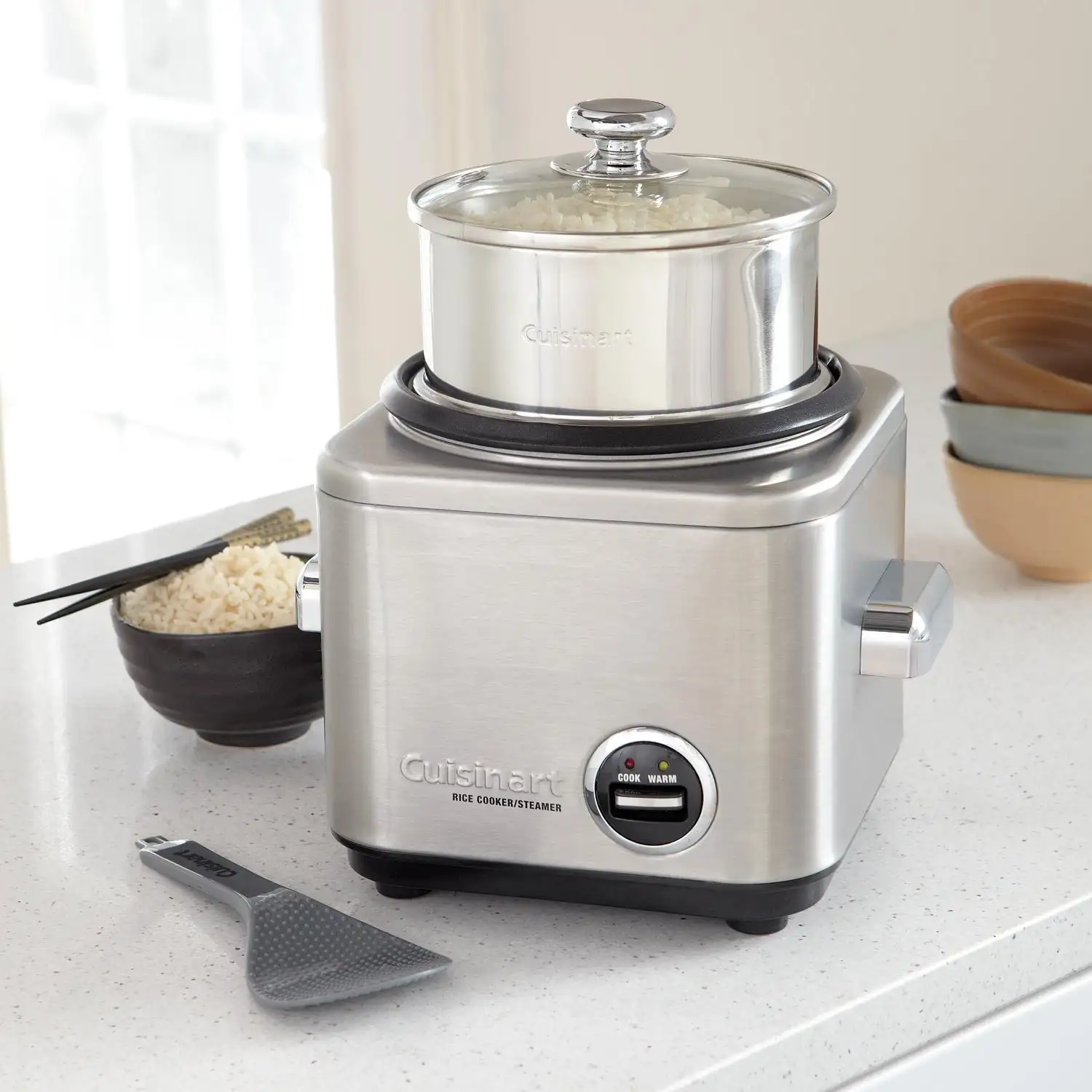
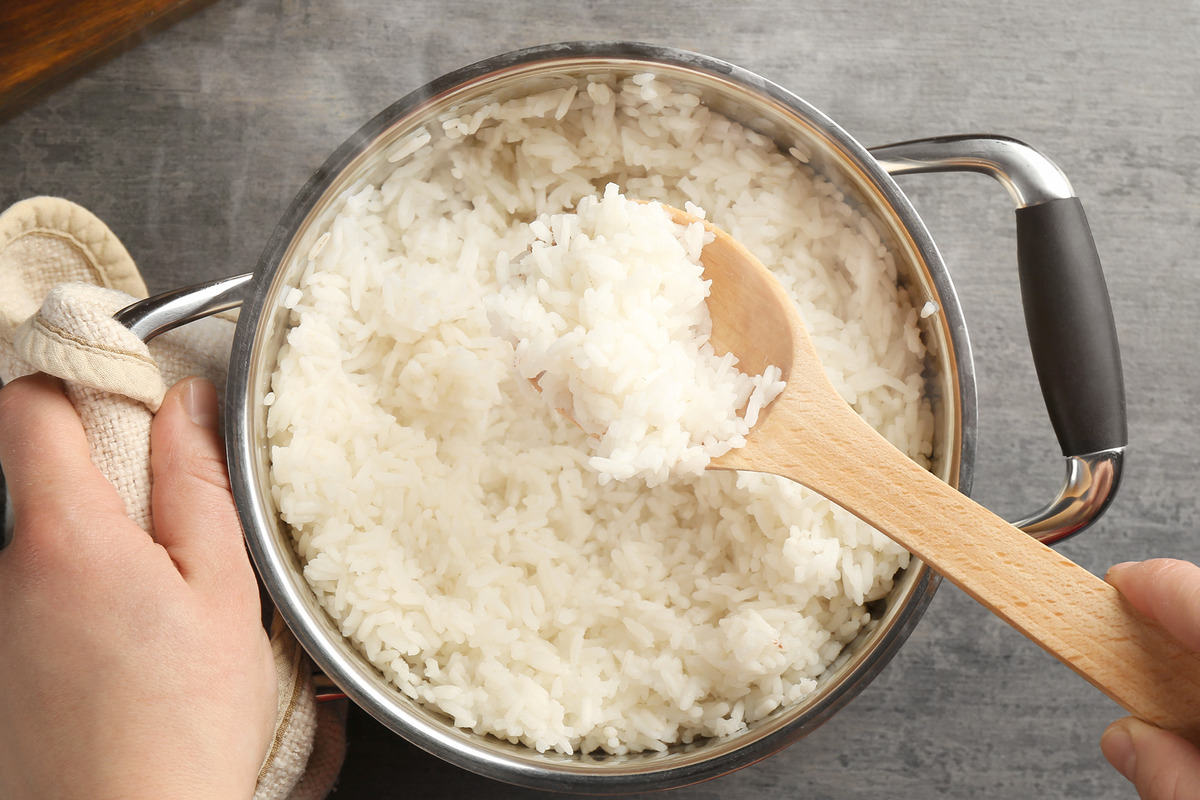

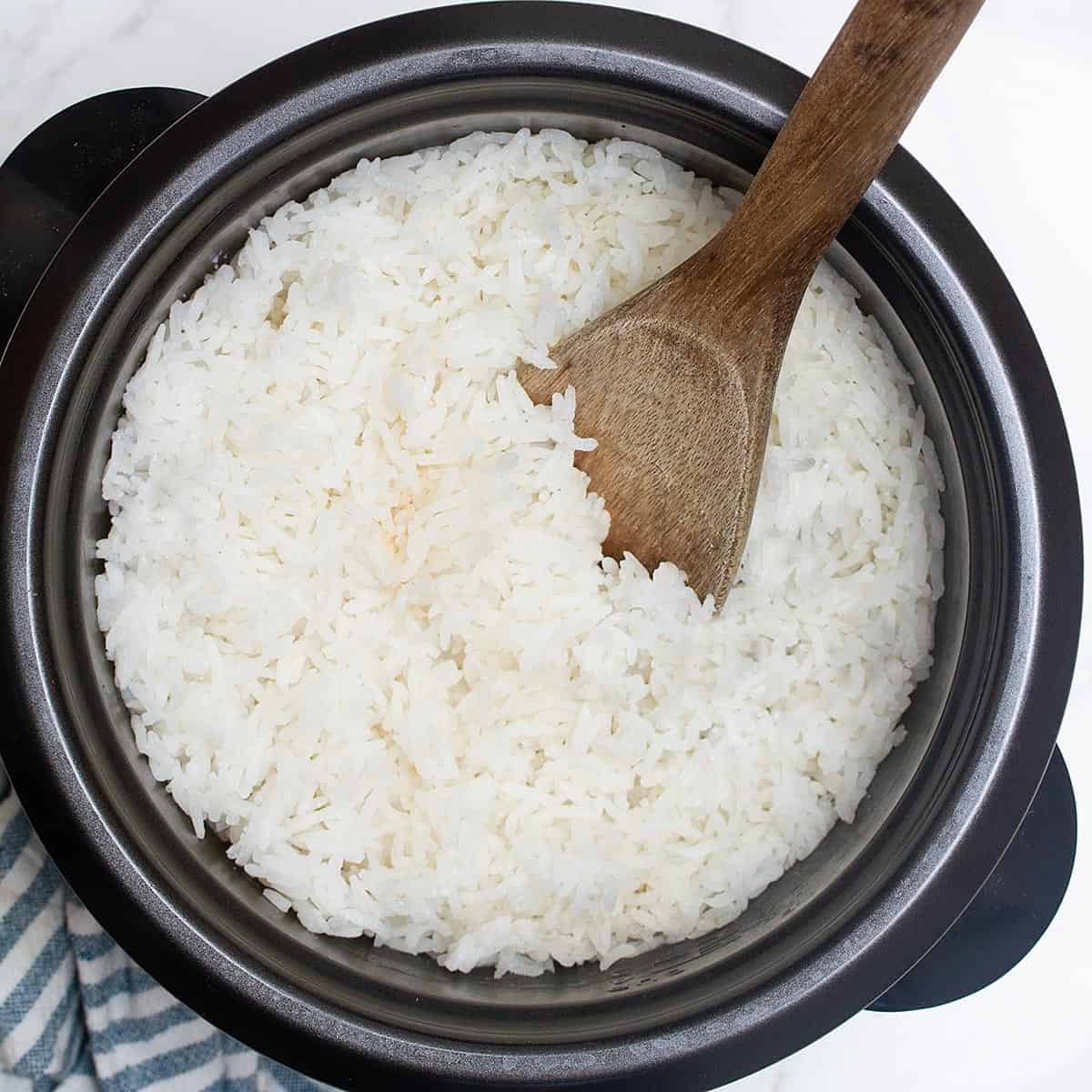
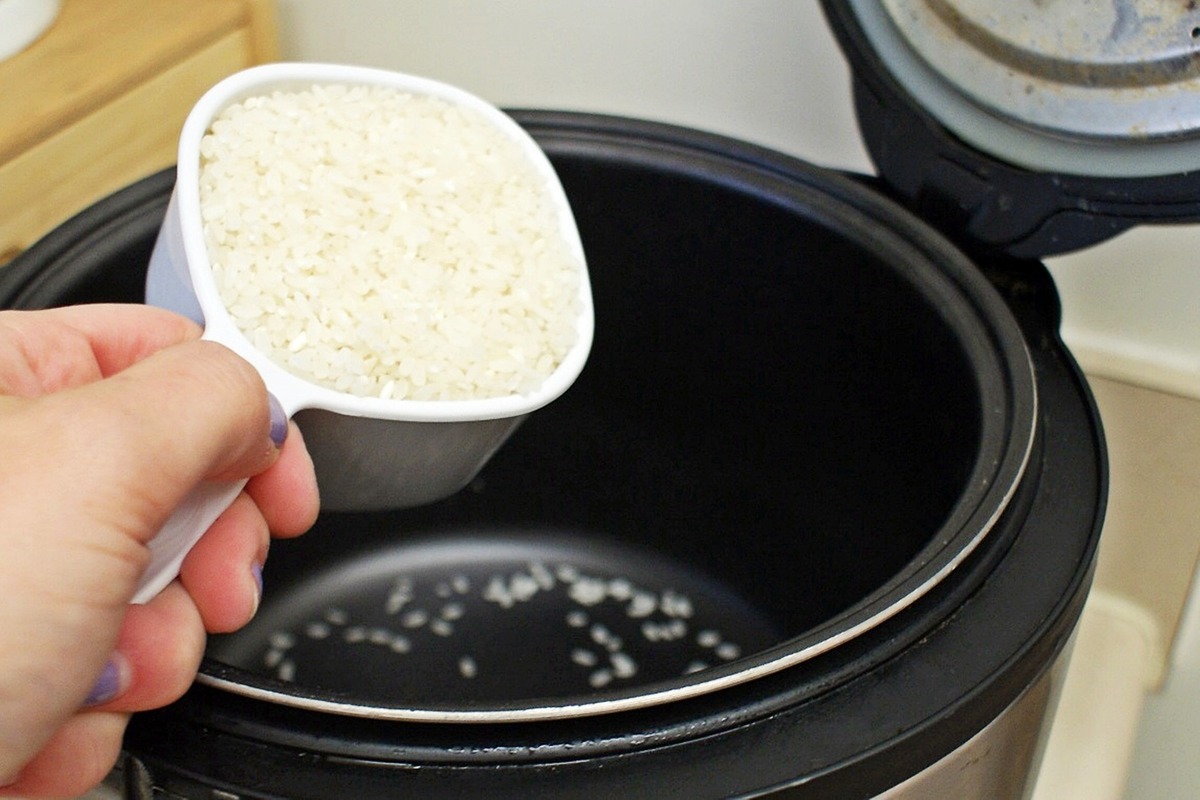
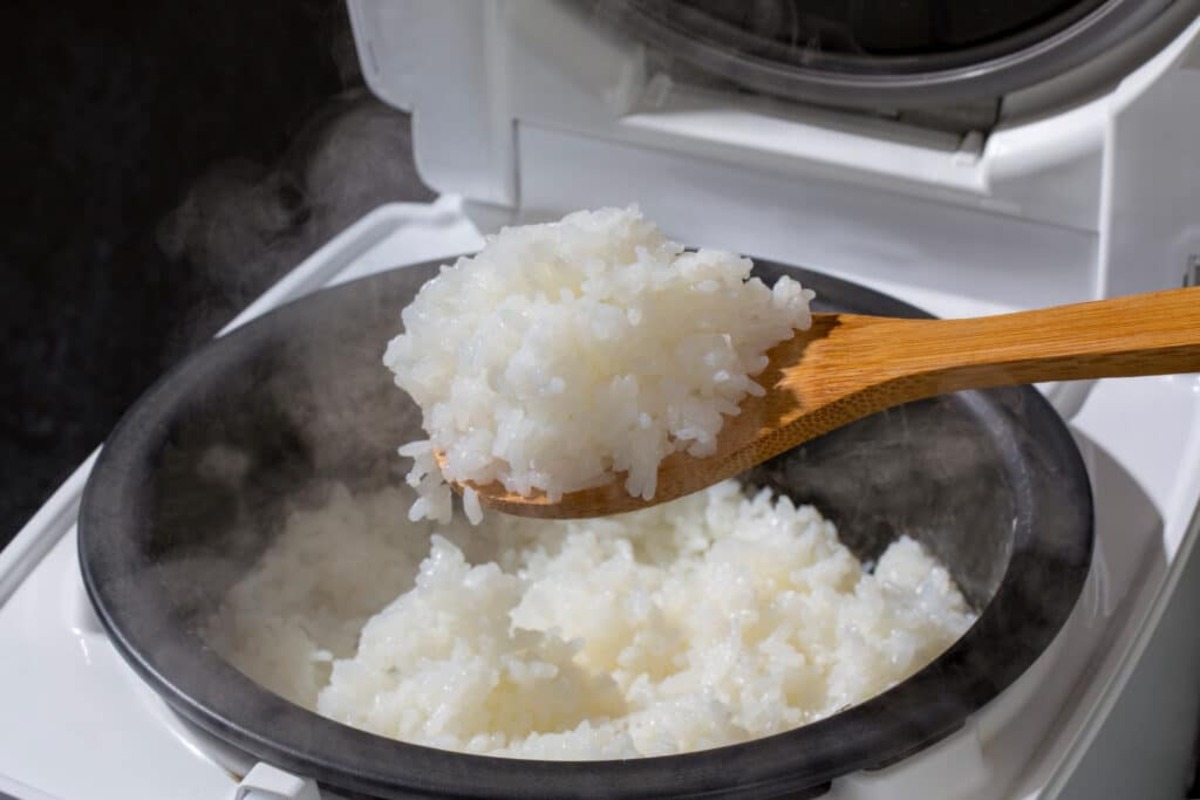
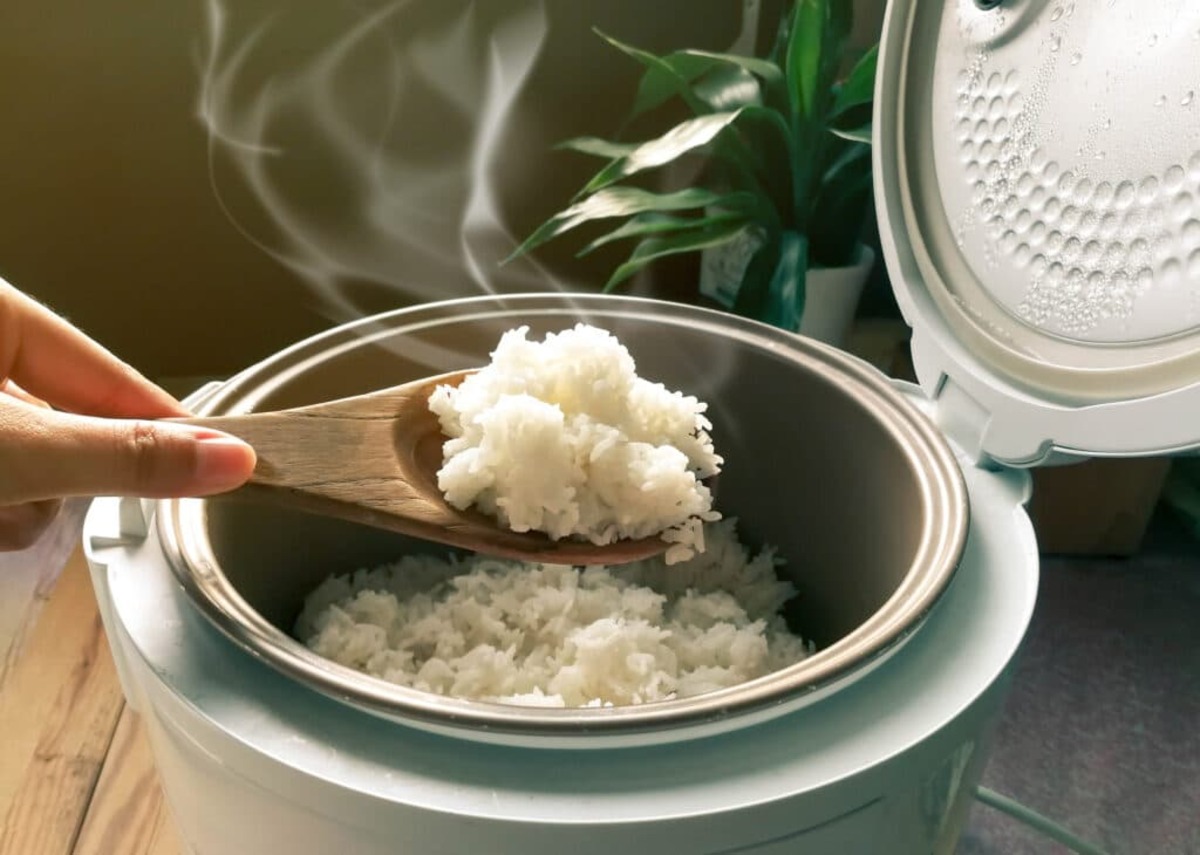
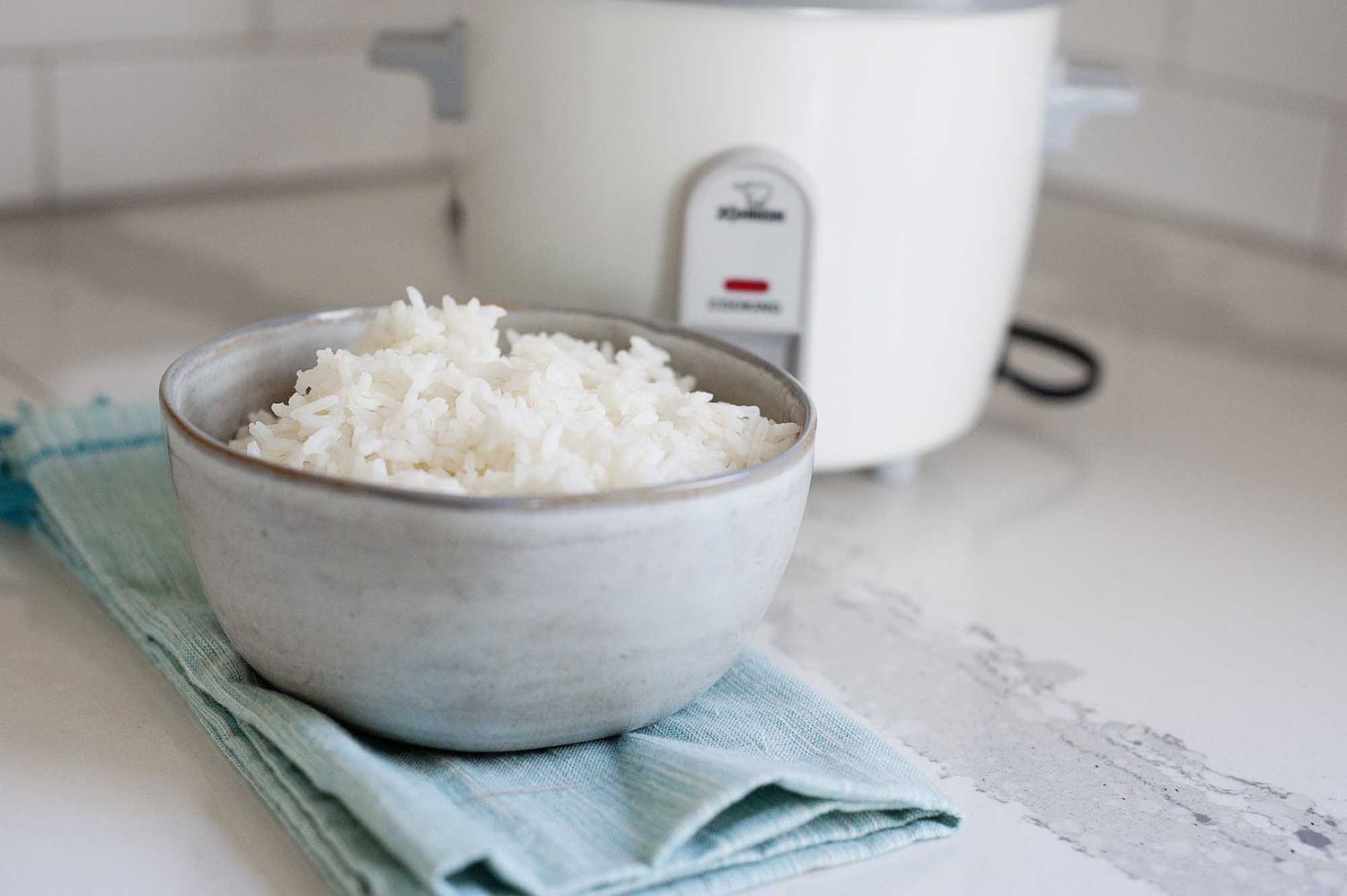
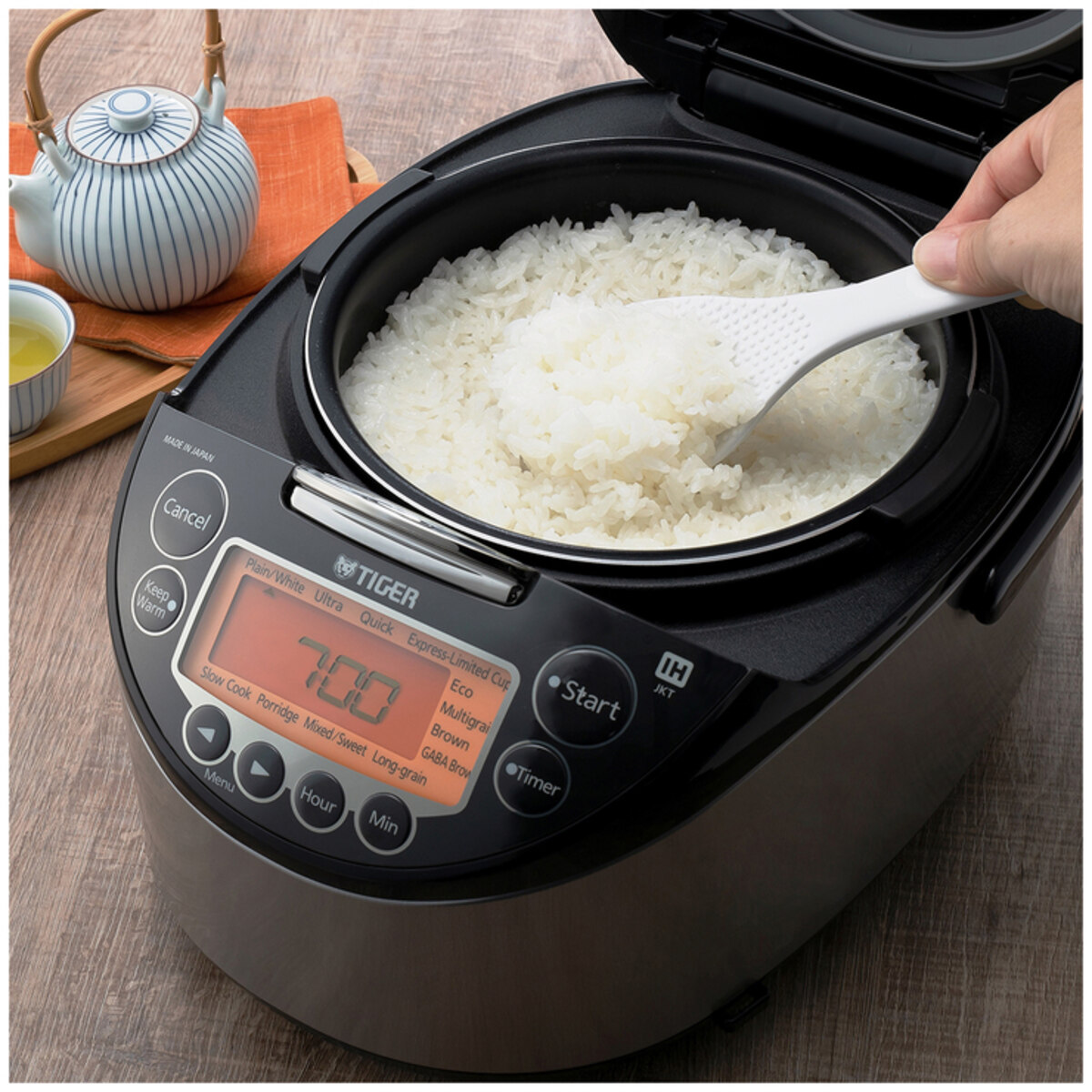
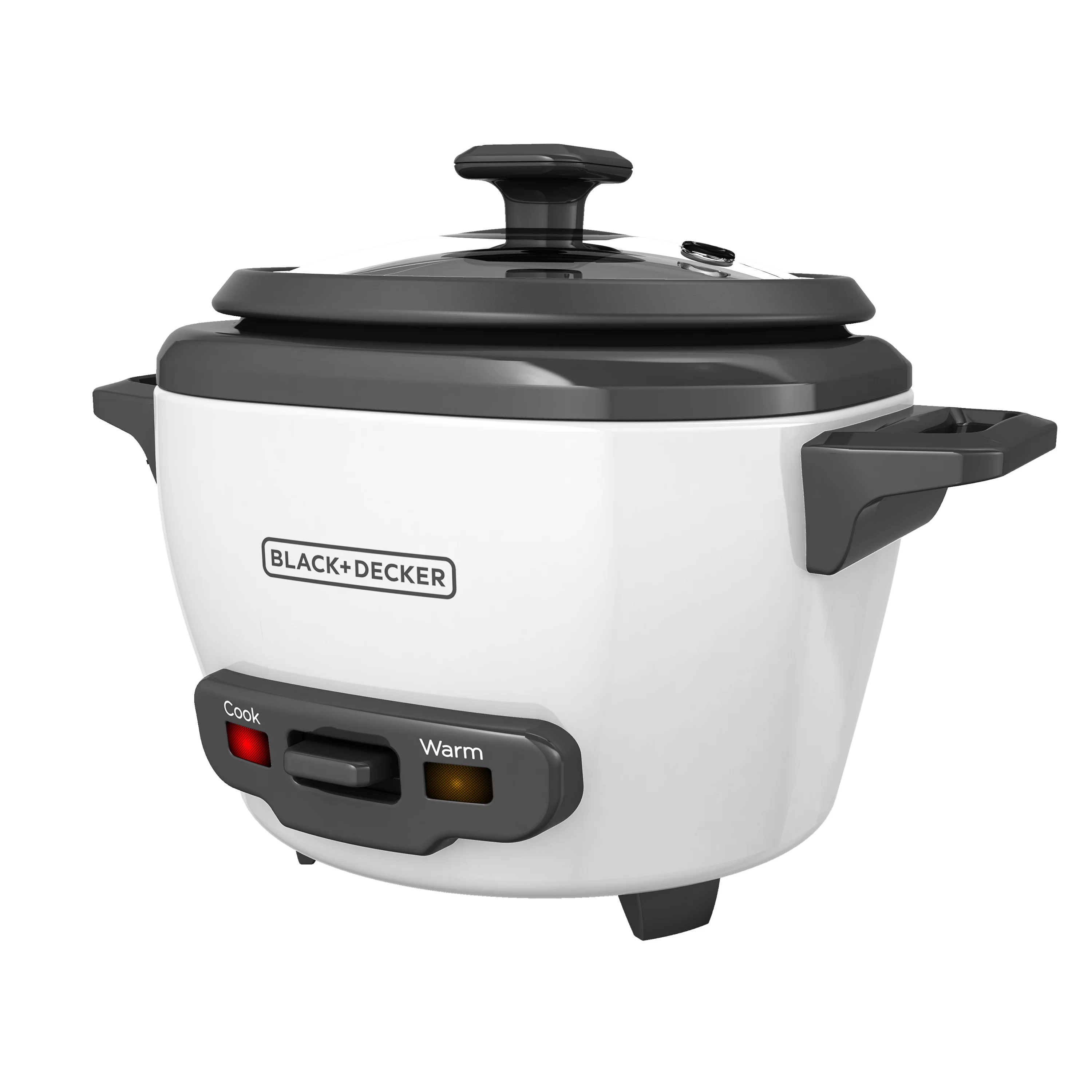
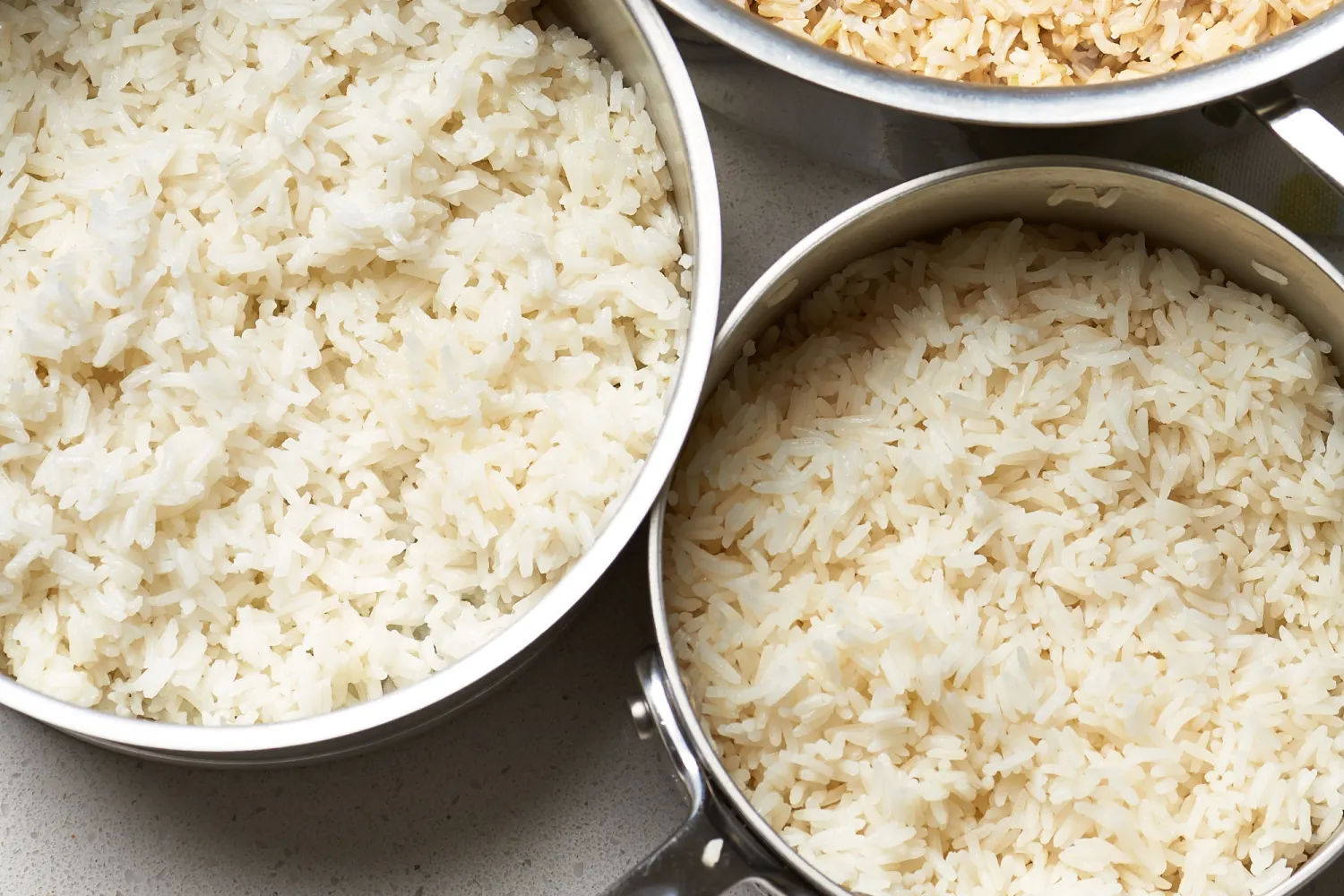
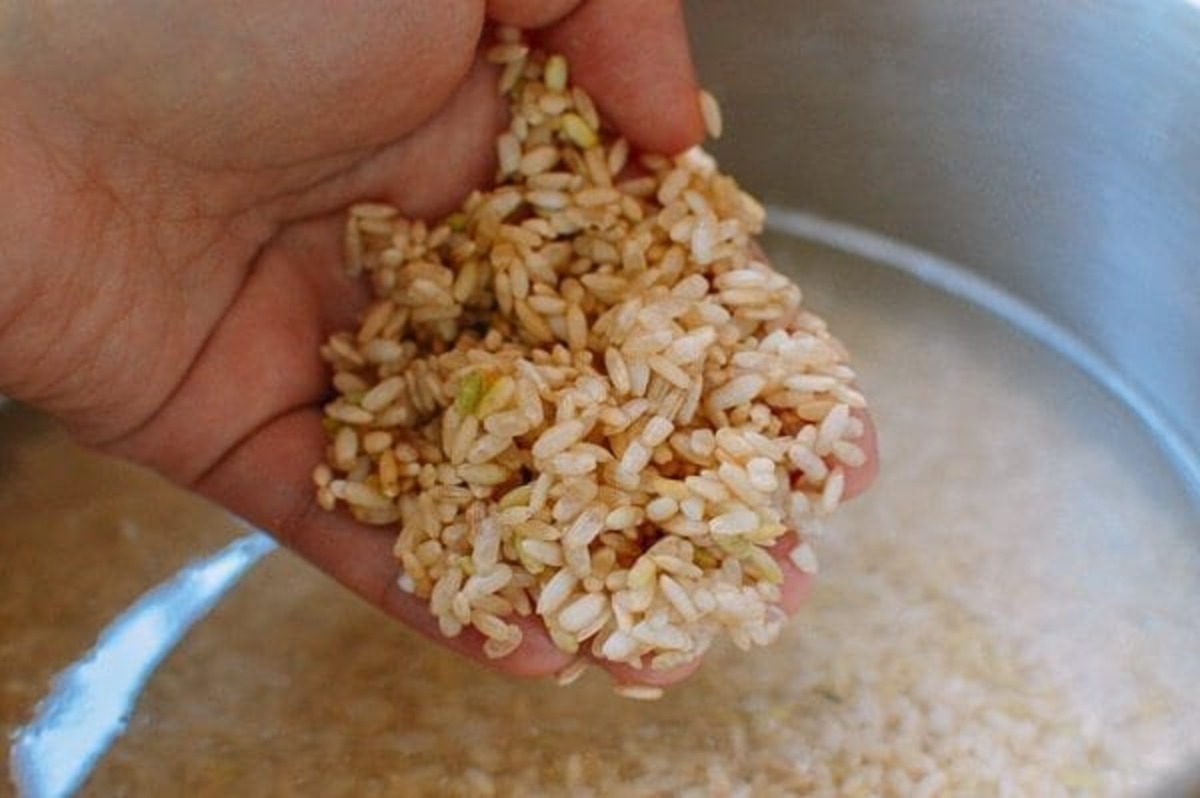
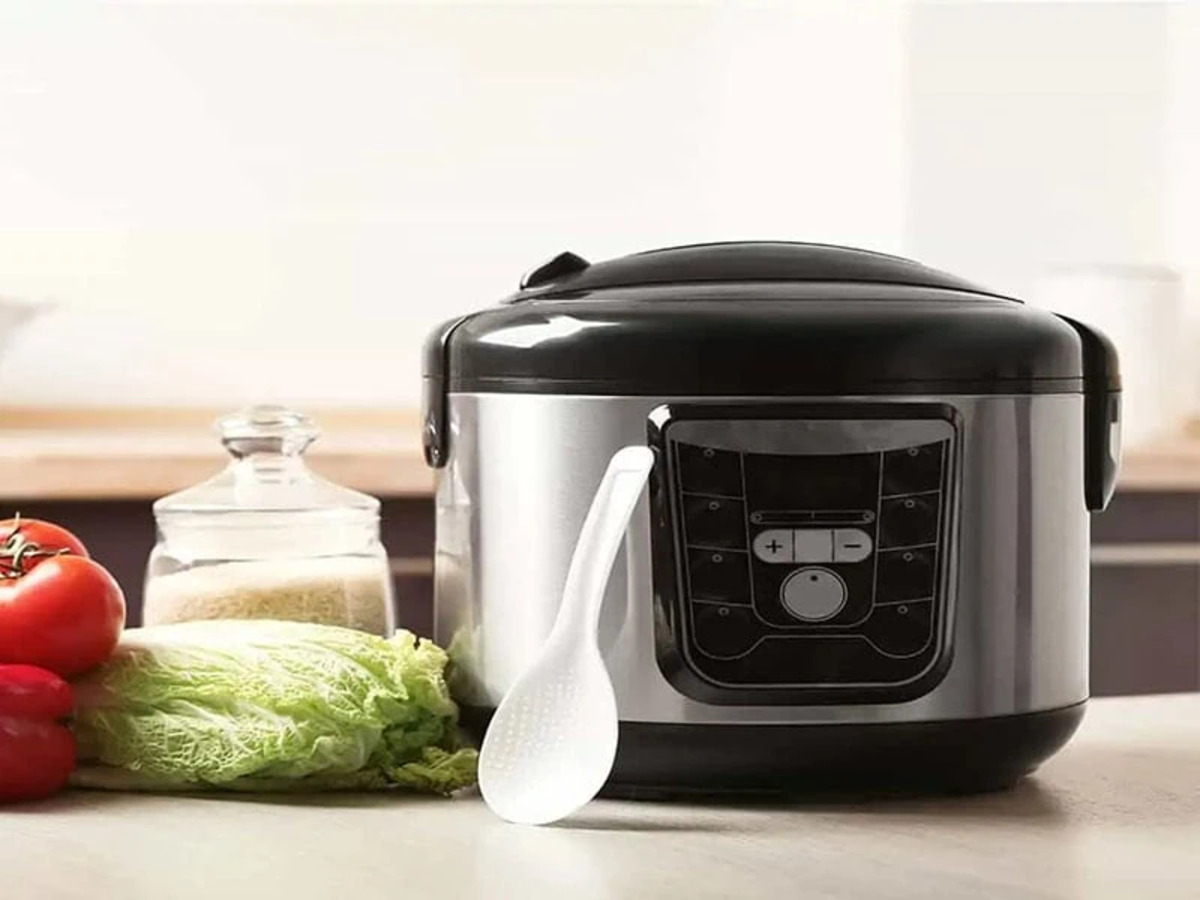
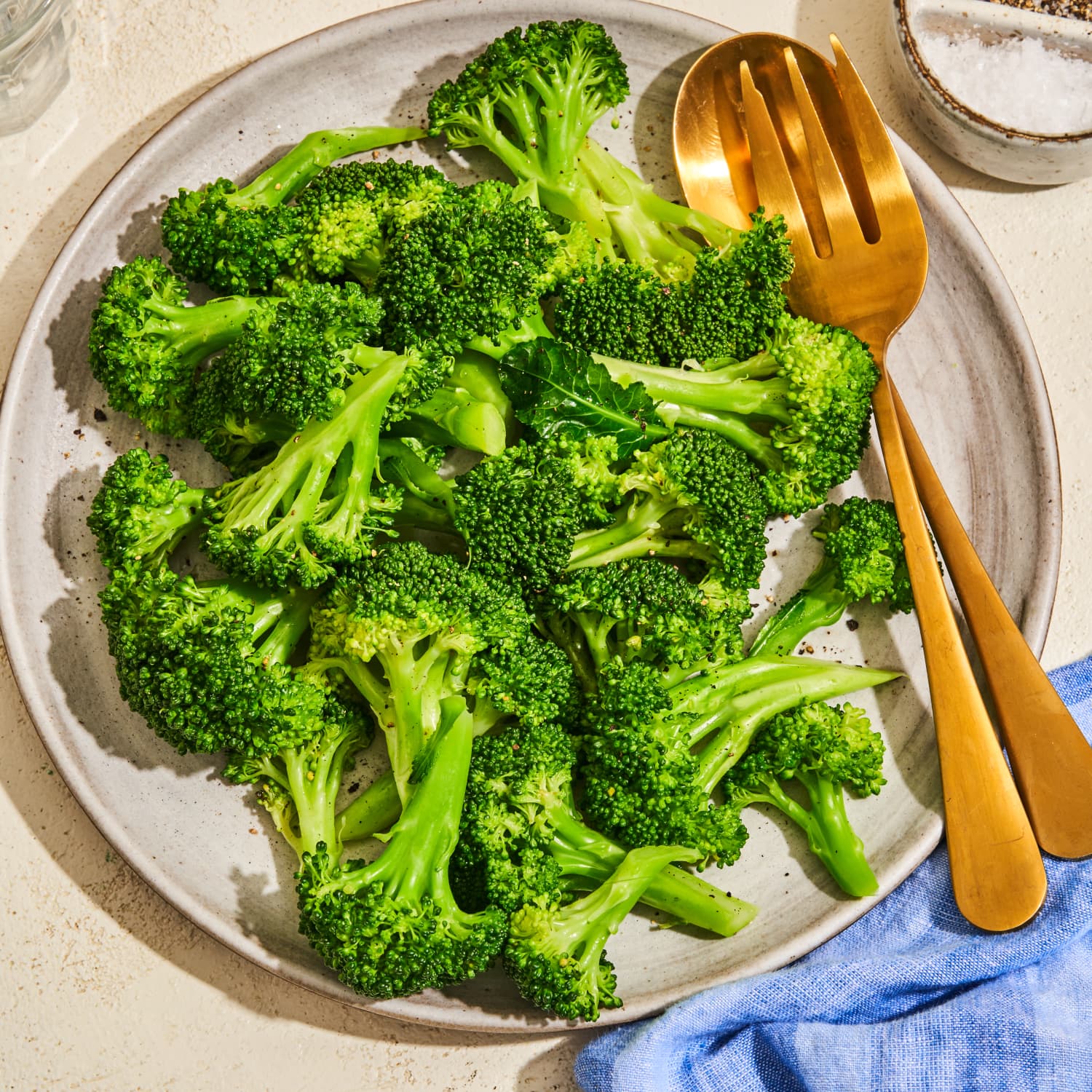

0 thoughts on “How To Cook Amaranth In A Rice Cooker”